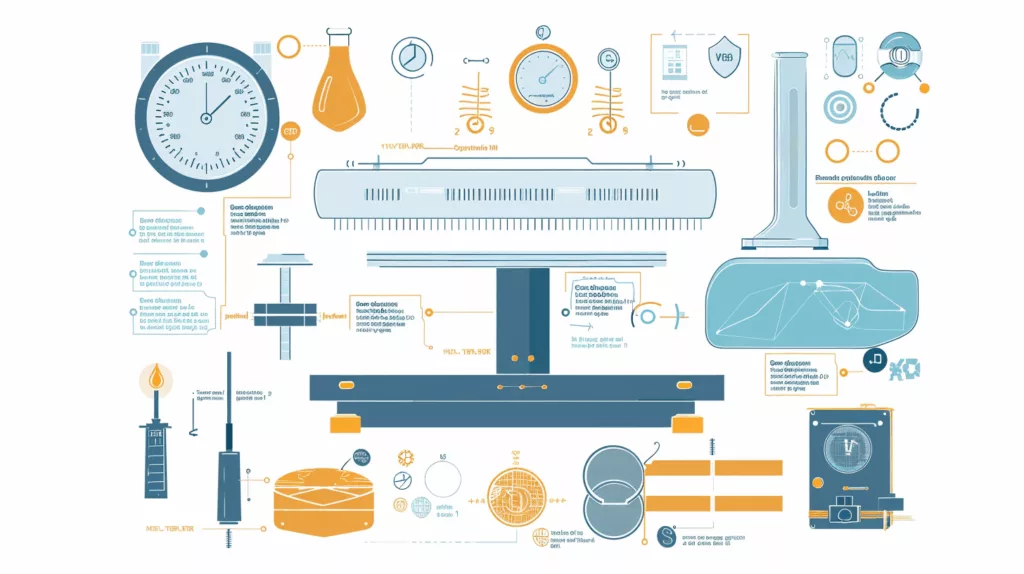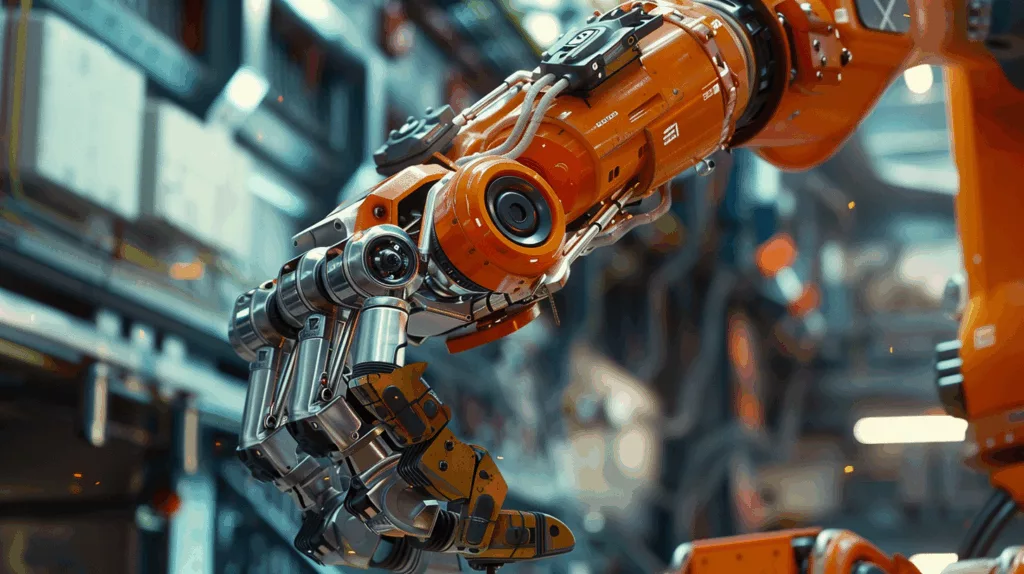In today’s fast-paced industrial landscape, automation is not just a competitive advantage—it’s a necessity. Among the crucial components that power modern automated systems, the weight sensor stands out for its precision and versatility. Whether in robotics or packaging lines, weight sensors ensure quality control, operational efficiency, and real-time data monitoring.
XJCSENSOR is a leading manufacturer of advanced sensor technologies, delivering precision-engineered weight sensors that drive innovation in automation systems worldwide.
What Is a Weight Sensor?

A weight sensor, often based on load cell technology, measures the force or weight applied to it. These sensors convert mechanical force into electrical signals, enabling machines to interpret and respond to weight changes with high accuracy. Common types include strain gauge load cells, capacitive sensors, and piezoelectric sensors.
Applications of Weight Sensors in Packaging Automation
Precision Filling and Dosing
In the packaging industry, ensuring each product contains the exact amount of material is critical. Weight sensors help control filling lines, automatically stopping or adjusting the flow to maintain consistency.
-
Example: A bottling plant uses weight sensors to fill each bottle with 500 ml of liquid, preventing overfill or underfill.
Quality Control and Compliance
Automated packaging lines equipped with weight sensors can reject underweight or overweight items, ensuring only compliant products reach the consumer.
-
This reduces waste and helps companies adhere to strict industry regulations.
Inventory and Material Management
Real-time weight monitoring of raw materials allows better forecasting and reduces the risk of material shortages or overstocking.
-
Sensors integrated into storage bins can alert operators before levels run low.
Weight Sensors in Robotics: Enhancing Precision and Safety
Adaptive Grip Force in Robotic Arms
Robotic systems in manufacturing and logistics often rely on weight sensors to determine how much force to apply when picking or placing items.
-
Helps prevent damage to delicate objects like glassware or electronics.
Load Monitoring for Autonomous Mobile Robots (AMRs)
AMRs use weight sensors to detect the load they’re carrying, adjusting their speed and path accordingly for safety and efficiency.
-
Ensures optimal energy consumption and prevents tip-overs.
Assembly Line Integration
Weight sensors help robotic systems confirm the correct placement and fastening of components during assembly, particularly in electronics and automotive sectors.
Benefits of Using Weight Sensors in Automation
Increased Efficiency
Weight sensors automate processes that were traditionally manual, reducing human error and increasing throughput.
Enhanced Accuracy and Consistency
Consistent weight measurement ensures uniform product quality, improving customer satisfaction and brand trust.
Cost Savings
By minimizing waste, reducing labor needs, and preventing equipment damage, weight sensors provide long-term cost benefits.
Real-Time Data for Smart Decision-Making
Advanced systems integrated with weight sensors can track and log data for analytics, enabling predictive maintenance and process optimization.
FAQ
What types of weight sensors are best for packaging automation?
Strain gauge load cells are most common due to their durability and precision. Capacitive and piezoelectric sensors are also used for specific applications.
Can weight sensors be used in harsh environments?
Yes, many industrial-grade sensors are designed to withstand extreme temperatures, moisture, and vibrations.
How do weight sensors improve safety in robotics?
They help robots adjust to dynamic loads and avoid excessive force, preventing accidents and equipment damage.
Final Thoughts
Weight sensors are the unsung heroes of modern automation, seamlessly integrating into both packaging and robotics systems to improve accuracy, safety, and efficiency. As industries push toward smarter, more connected operations, the role of high-quality sensors becomes even more vital.
XJCSENSOR continues to lead the way with reliable, high-performance weight sensors that empower businesses to optimize automation and exceed industry standards.



